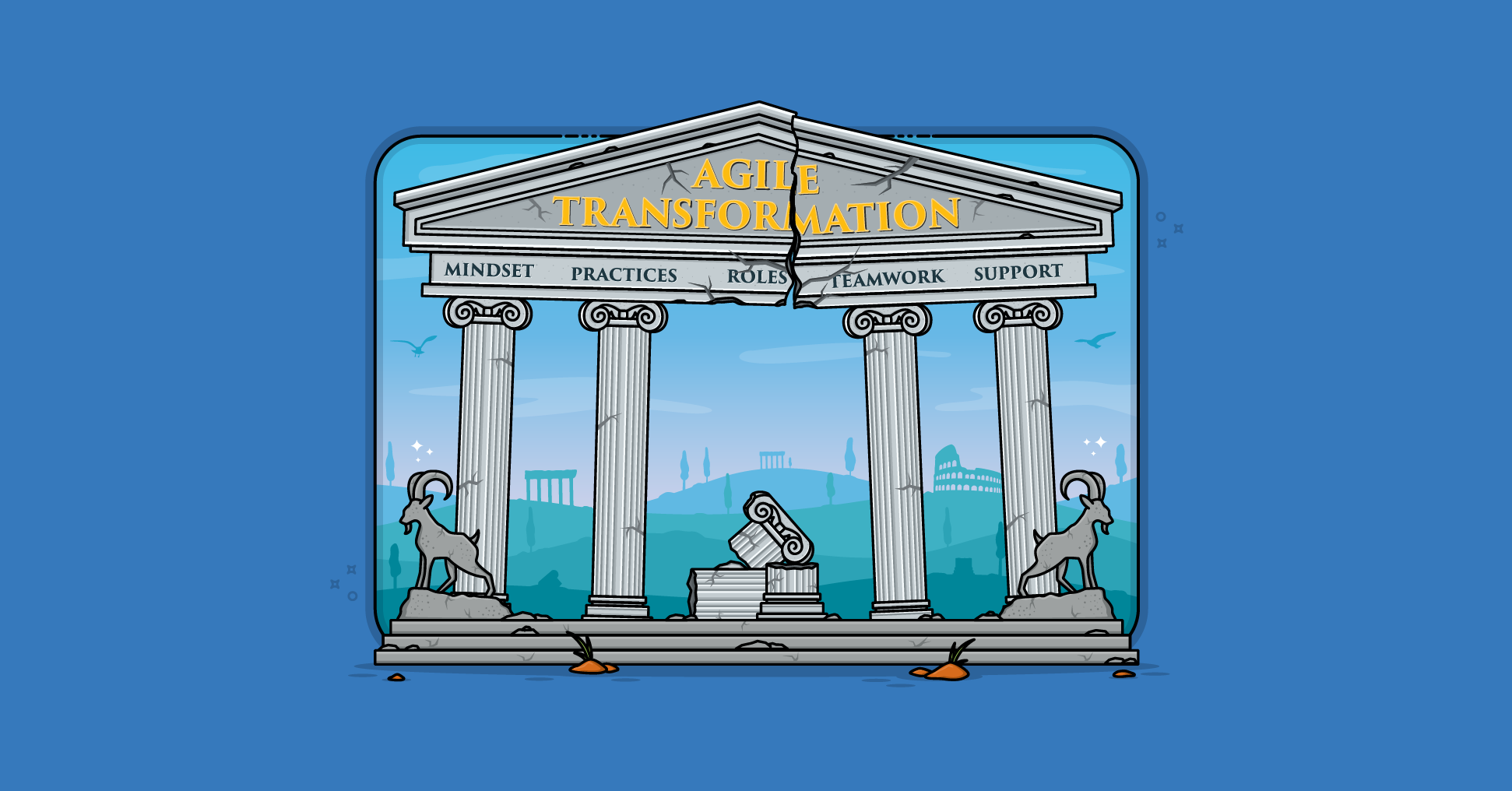Agile teams need space and safety to experiment with new ideas and approaches. To be successful, they must find new ways to effectively tackle complex problems.
I love the fact that the majority of those using an agile methodology like Scrum do two-week sprints. But I do think we might have lost something as we’ve moved to shorter sprints. It seems as if we’ve lost the ability to experiment freely and frequently. We've lost the feeling, at least, of having time for innovation.
Some organizations have tried to solve this by having a dedicated time for innovation (an innovation sprint) or a team dedicated to innovation. The problem is, experimentation shouldn't just be reserved for special circumstances. It should be part of every team's approach to problem solving.
Agile Innovation and Sprint Length
To see what I mean, consider a team in the early days of Scrum. Almost every early Scrum team would have planned four-week, or one-month, sprints. Imagine those teams are in sprint planning for an upcoming iteration, and are considering two options of how to achieve a goal.
- The first is the tried-and-true way. The team knows it will work.
- The second is possibly a better way but it’s unproven.
The experimental way may or may not work. It's riskier, but with four weeks to work with, it's not too risky to try. If it doesn't work, the team will have wasted some time. But the team will still have time to revert to the tried-and-true way and deliver the functionality by the end of the iteration.
Because they had more time, these early agile teams often chose to explore the breakthrough, innovative way. They felt safe to do so because they knew that they would likely only spend three or four days on the experiment. They knew that with four weeks to work with, they had plenty of time to recover and to switch back to the safe approach.
That's not always true with a shorter sprint. If a team tries something creative, and it doesn't work, it might mean the team doesn't deliver on its sprint commitment.
Agile Innovation and Problem Solving Skills Commented
But is failing to deliver on the sprint commitment the end of the world? I say no. In fact, I say teams that always deliver on their sprint commitment aren't stretching enough. They aren't finding new ways to approach "how" to deliver "what" their product owner has asked them for.
One unfortunate trend I've noticed with Scrum today is that many organizations have turned their sprints into checklists.
Did you finish all the items you said you would?
Did you match or exceed your average velocity?
If you did, your team was successful. If you didn't, you’ve failed.
That's the wrong way to look at success.
I agree that a team should finish everything they've planned, most of the time. They need to be consistent and predictable so that others can depend on their estimates and plan accordingly. But they should only deliver everything most of the time.
About 20% of the time, a team that is stretching and reaching, will fall short. A team that is continuously innovating and continuously learning won't finish everything every time. And that's not only OK, it's desirable.
Without a focus on agile innovation, teams will stagnate. Teams that singularly focus on finishing are no longer responsive, but reactive. They are no longer reaching and learning to nimbly solve problems but are instead simply executing a list of tasks.
Experimentation and Psychological Safety
The unintended side effects of shorter sprints and sprint commitments can be devastating for creativity and breakthroughs. Teams that feel pressured by time or fear of failure aren't going to feel safe to experiment. In the absence of psychological safety, innovation recedes.
It's critical that agile teams push back against this pressure to deliver and never fail.
A recent Harvard Business Review article on psychological safety said, "In essence, agile’s core technology isn’t technical or mechanical. It’s cultural." Or as Entrepreneur.com put it, “Your company needs an innovation culture, not an innovation team. You don't become an innovative company by hiring a few people to work on it while everybody else goes through the motions”
As agilists, we must fight to establish experimentation as part of our company culture. Companies that value innovation empower self-organizing teams to try new things, encourage (and fund) continuous learning and improvement, solicit and act on feedback and ideas, and emphasize collaboration and communication.
Agile Innovation and Planning
Timing is critical with innovation. When planning a project, one consideration is to do risky things early, not late. That's the idea behind fail fast. Not just to deliver quickly--but to fail early enough that you pivot to something else.
Don't take wild gambles during the final sprint of a major project.
But towards the start of a project, it’s worth trying an innovative breakthrough approach that may not work. It’s worth a gamble to venture outside the tried-and-true approach.
A need to innovate quickly is one of the primary reasons organizations transition to agile in the first place. Make sure teams feel safe to experiment early and often so that you don’t miss out on this benefit of agile.
Last update: August 1st, 2023









